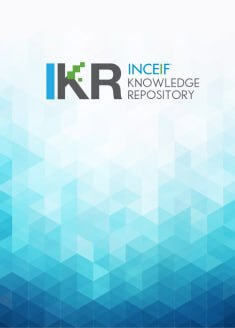
Browse by Author "Martin Sola"
Results Per Page
Sort Options
- PublicationThe effects of different parameterizations of Markov-switching in a CIR model of bond pricingJohn Driffill; Turalay Kenc; Martin Sola; Fabio Spagnolo; Kenc, Turalay (De Gruyter, 2009)
We examine several discrete-time versions of the Cox, Ingersoll and Ross (CIR) model for the term structure, in which the short rate is subject to discrete shifts. Our empirical analysis suggests that careful consideration of which parameters of the short-term interest rate equation that are allowed to be switched is crucial. Ignoring this issue may result in a parameterization that produces no improvement (in terms of bond pricing) relative to the standard CIR model, even when there are clear breaks in the data.
- PublicationOn the sources of the aggregate risk premium: Risk aversion, bubbles or regime-switching?Tomas E. Caravello; John Driffill; Martin Sola; Turalay Kenc (Elsevier, 2024)
We develop and estimate a consumption-based asset pricing model that uses historical US financial data and assumes recursive utility, allowing for priced regime-switching risk and intrinsic bubbles. We also estimate several restricted versions, including only a subset of these features. Priced regime-switching risk is essential to the equity risk premium, explaining more than fifty per cent of it. Furthermore, a model that does not consider regime switching would overestimate the public's risk aversion, mistakenly assigning the observed risk premium to high-risk aversion instead of priced regime-switching. We also find that intrinsic bubbles are statistically significant, and even though they are not crucial in explaining the risk premium, they substantially improve the model's fit at the end of the sample.
- PublicationReal options with priced regime-switching riskJohn Driffill; Turalay Kenc; Martin Sola; Kenc, Turalay (World Scientific Publishing Company, 2013)
We develop a model of regime-switching risk premia as well as regime-dependent factor risk premia to price real options. The model incorporates the observation that the underlying risky income streams of real options are subject to discrete shifts over time as well as random changes. The presence of discrete shifts is due to systematic and unsystematic risk associated with changes in business cycles or in economic policy regimes or events such as takeovers, major changes in business plans. We analyze the impact of regime-switching behavior on the valuation of projects and investment opportunities. We find that accounting for Markov switching risk results in a delay in the expected timing of the investment while the regime-specific factor risk premia make the possibility of a regime shift more pronounced.
Abstract View
2675955
View & Download
197852
